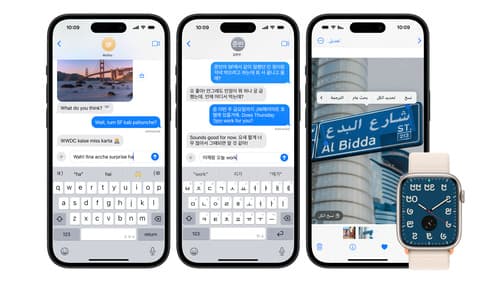how to decode json date to en_us_posix
Asked on 2024-08-22
1 search
To decode a JSON date to en_US_POSIX, you can use the DateFormatter class in Swift. The en_US_POSIX locale is particularly useful for parsing fixed-format date strings, as it ensures consistent behavior regardless of the user's device settings. Here's a basic example of how you might set this up:
import Foundation
let jsonDate = "2023-10-05T14:48:00Z" // Example JSON date string
let dateFormatter = DateFormatter()
dateFormatter.locale = Locale(identifier: "en_US_POSIX")
dateFormatter.dateFormat = "yyyy-MM-dd'T'HH:mm:ssZ"
if let date = dateFormatter.date(from: jsonDate) {
print("Parsed date: \(date)")
} else {
print("Failed to parse date")
}
This code sets up a DateFormatter with the en_US_POSIX locale and a date format that matches the typical ISO 8601 format used in JSON. It then attempts to parse a date string and prints the result.
For more information on date and time formatting in Swift, you might find the session What’s new in Swift helpful, as it covers updates to the Swift Foundation, including date and time formatting.

Build multilingual-ready apps
Ensure your app works properly and effectively for multilingual users. Learn best practices for text input, display, search, and formatting. Get details on typing in multiple languages without switching between keyboards. And find out how the latest advances in the String Catalog can make localization even easier.

What’s new in Create ML
Explore updates to Create ML, including interactive data source previews and a new template for building object tracking models for visionOS apps. We’ll also cover important framework improvements, including new time-series forecasting and classification APIs.

Bring context to today’s weather
Harness the power of WeatherKit to get detailed weather forecast data such as precipitation amounts by type, cloud cover by altitude, or maximum wind speed. Find out how you can summarize weather by different parts of the day and highlight significant upcoming changes to temperature or precipitation. Understand how you can compare current weather to the past through our Historical Comparisons dataset and dive into historical weather statistics for any location in the world. We’ll also explore how you can do all of this faster with our Swift and REST APIs.
